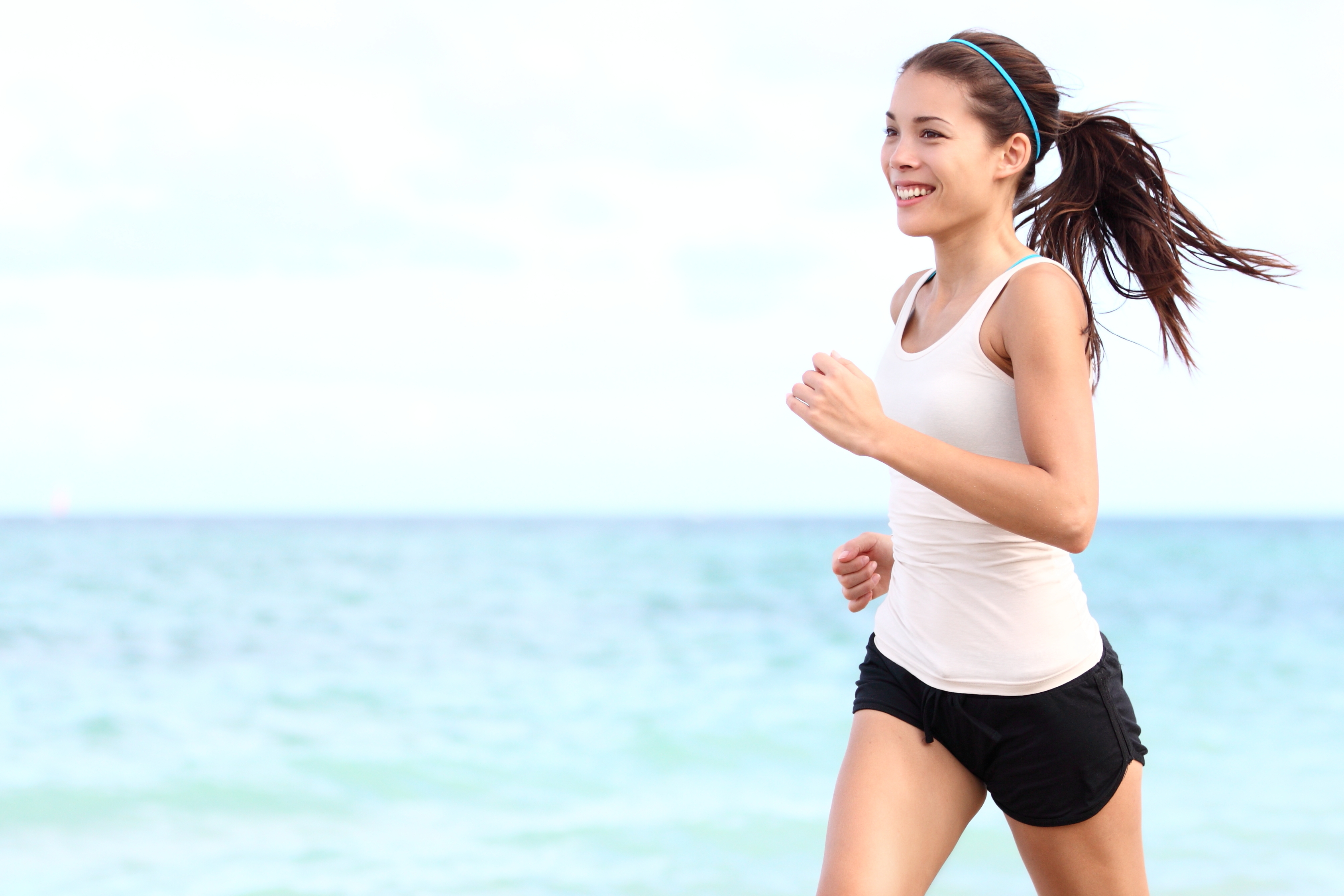
People suffering from high blood pressure can lower or control it, sometimes even reduce the need for medication, by making exercise a habit. Regular physical activity can make your heart beat faster, give you more energy and generally make you feel better. It is also a great way to relieve stress.
Since an active lifestyle is good for you, your doctor will likely encourage you to engage in any kind of physical activity and prepare you for it if you are already taking hypertension drugs. You don’t have to go to a gym or join fitness clubs if that is not your inclination. Individual undertakings such as brisk walking, jogging, swimming, biking, lifting weights, even gardening and doing household chores can work as long as you are moving around and breathing harder.
The American Heart Association (AHA) recommends at least 150 minutes of moderate exercise, 75 minutes of vigorous exercise or a combination of both each week. You can aim for at least 30 minutes of aerobics 4-5 days a week or break up your workout into 10-minute sessions and get the same benefit as one 30-minute session. AHA says shorter bursts of activity during the day count, too.
High blood pressure and exercise are connected in the sense that the latter makes your heart stronger. A stronger heart can pump more blood and if it exerts less effort to pump, the force on the arteries decreases thus lowering your blood pressure. By becoming more active, your systolic blood pressure (the upper number in a blood pressure reading) can go down by an average of 4 to 9 millimeters of mercury (mm Hg) which is effectively the same as taking some blood pressure medication.
Exercise can also help to keep your blood pressure from rising as you age and maintain it at the desirable level of less than 120/80 mm Hg. Maintaining a healthy weight is also another important way to control blood pressure.
However, it would take about one to three months for regular exercise to have an impact on your blood pressure since the benefits last only as long as you continue to exercise.
What is hypertension?
High blood pressure or hypertension is a common condition that one can have for years without any symptoms, even if blood pressure readings reach dangerously high levels. The long-term force of the blood against the walls of the arteries can be excessive and, if uncontrolled, might damage the blood vessels and other organs of the body thereby increasing your risk of serious health problems such as heart attack and stroke.
Blood pressure is determined by the amount of blood that the heart pumps as well as the amount of resistance to blood flow in the arteries. The more blood your heart pumps and the narrower your arteries, the higher your blood pressure.
The condition generally develops over many years, and it affects nearly everyone eventually. Fortunately, it can be easily detected. Once you are aware that you have high blood pressure, your doctor can help you to control it. Some signs such as headaches, shortness of breath or nosebleeds may manifest in people with high blood pressure but they don’t usually occur until it has reached a life-threatening stage.
What type of exercise do you need?
Basically, there are three types of exercise:
Aerobic activity is important in controlling blood pressure in the same way that flexibility and strengthening exercises such as lifting weights are essential parts of an overall fitness plan. Any physical activity that increases your heart and breathing rates is considered aerobic exercise. Simply adding moderate physical activities to your daily routine, including climbing stairs and doing household errands, will help lower your blood pressure.
If you’d like to try weight training exercises, get prior approval from your doctor. It is also best to check with your doctor before you jump into an exercise program, especially if:
If you are taking any regular medication, ask your doctor if such medication will affect the way your body reacts to exercise.
And in order to reduce the risk of injury while exercising, start slowly. Remember to warm up before and cool down afterward, gradually building up the intensity of your workouts.
Stop exercising and seek immediate medical care if you experience chest pain or tightness, dizziness or faintness, pain in an arm or your jaw, severe shortness of breath, any irregular heartbeat or excessive fatigue.
– Denn Meneses, Medical Observer
Cerebrovascular diseases, which include stroke or brain attack, are the third leading cause of death in the country in 2022 […]
Blood pressure (BP) is the pressure exerted by the blood as it pushes against the walls of our arteries, which […]
Overweight and obesity are defined as abnormal or excessive fat accumulation that presents a risk to health. A body mass […]